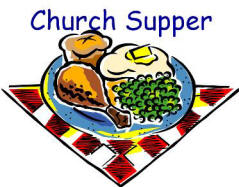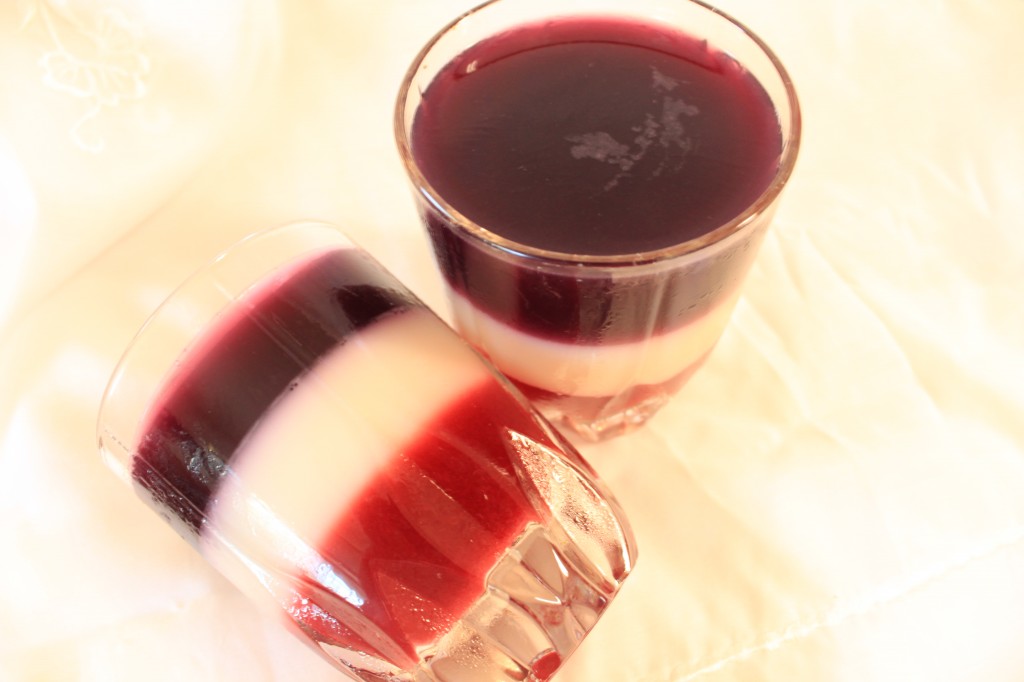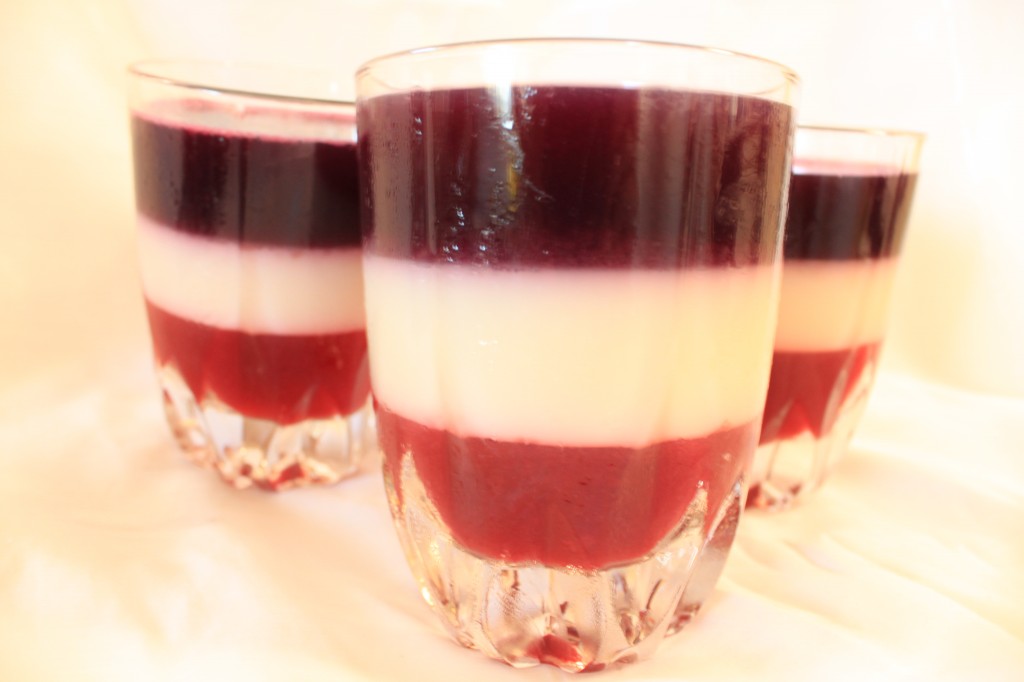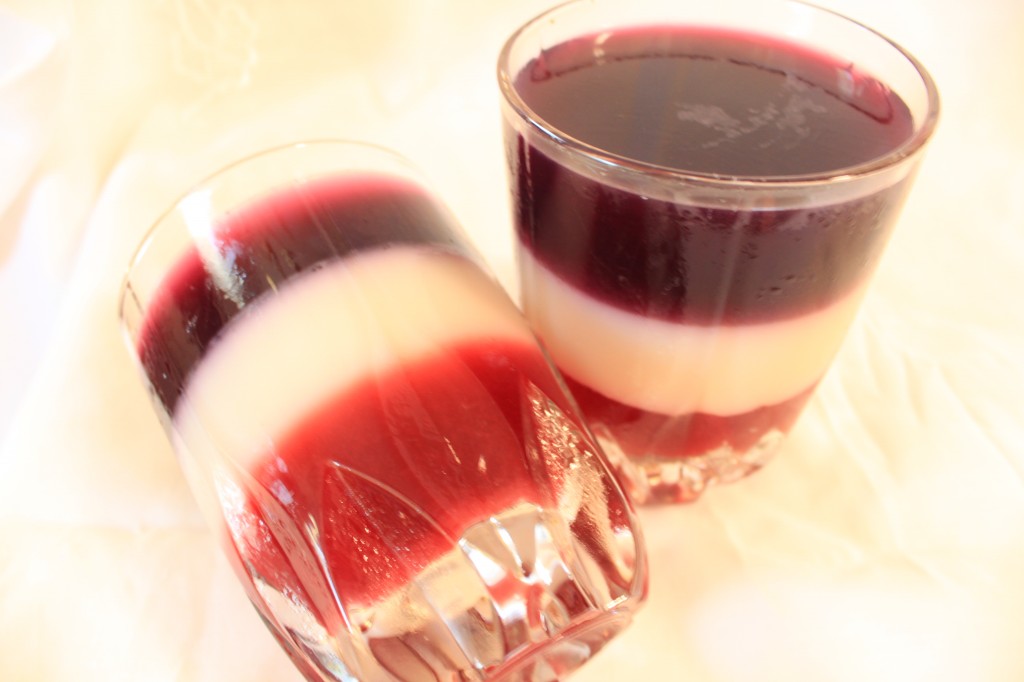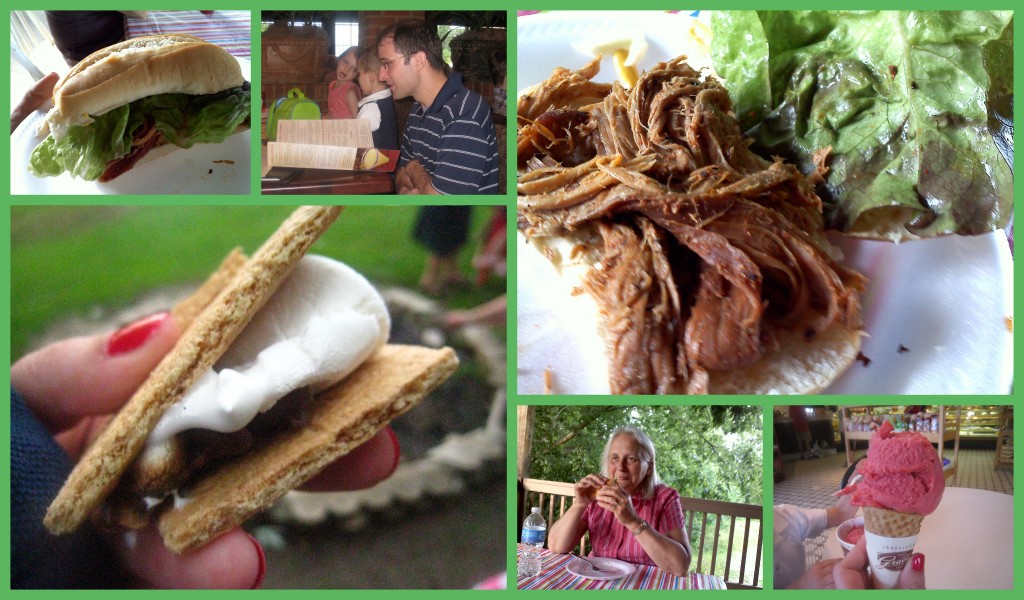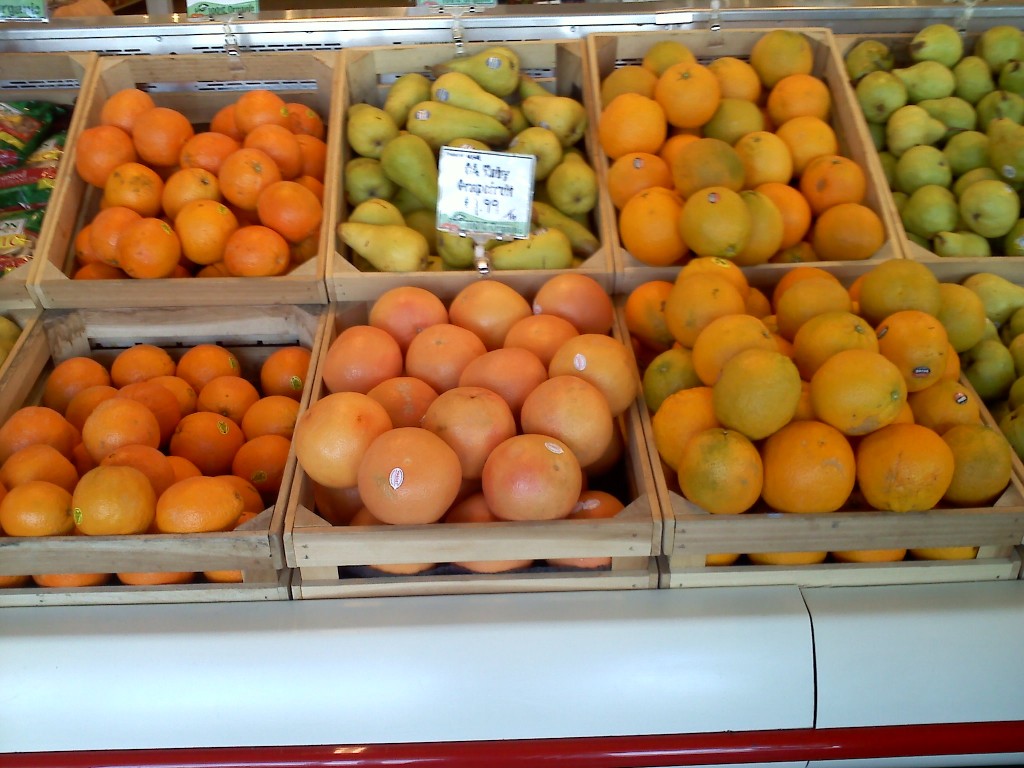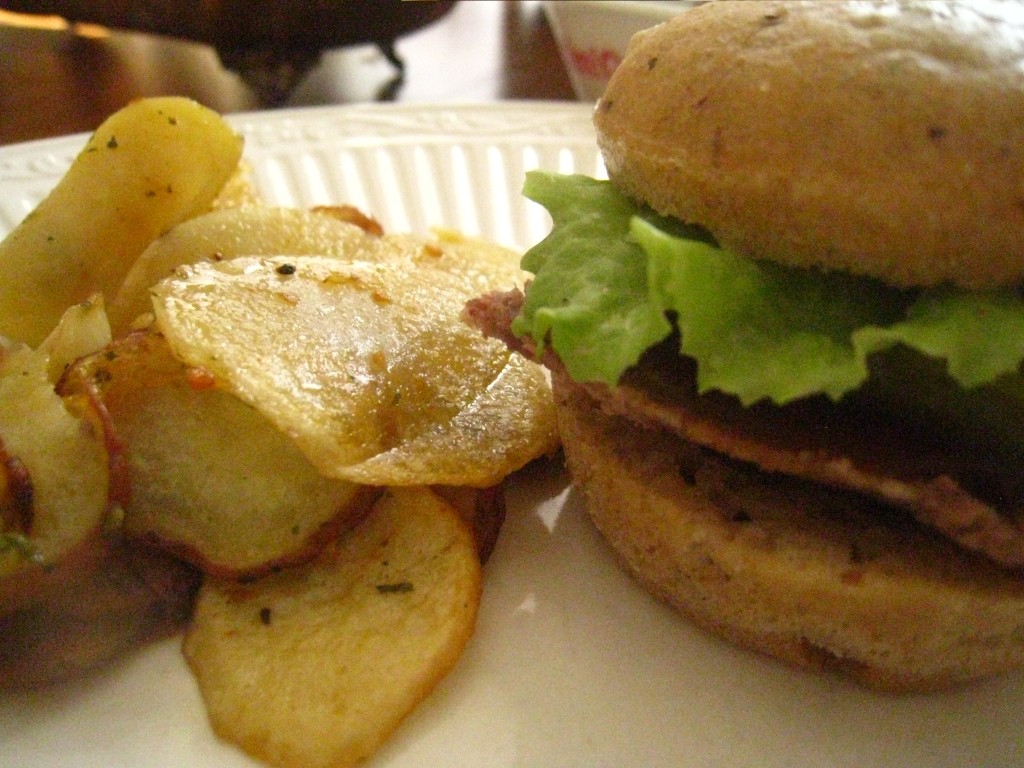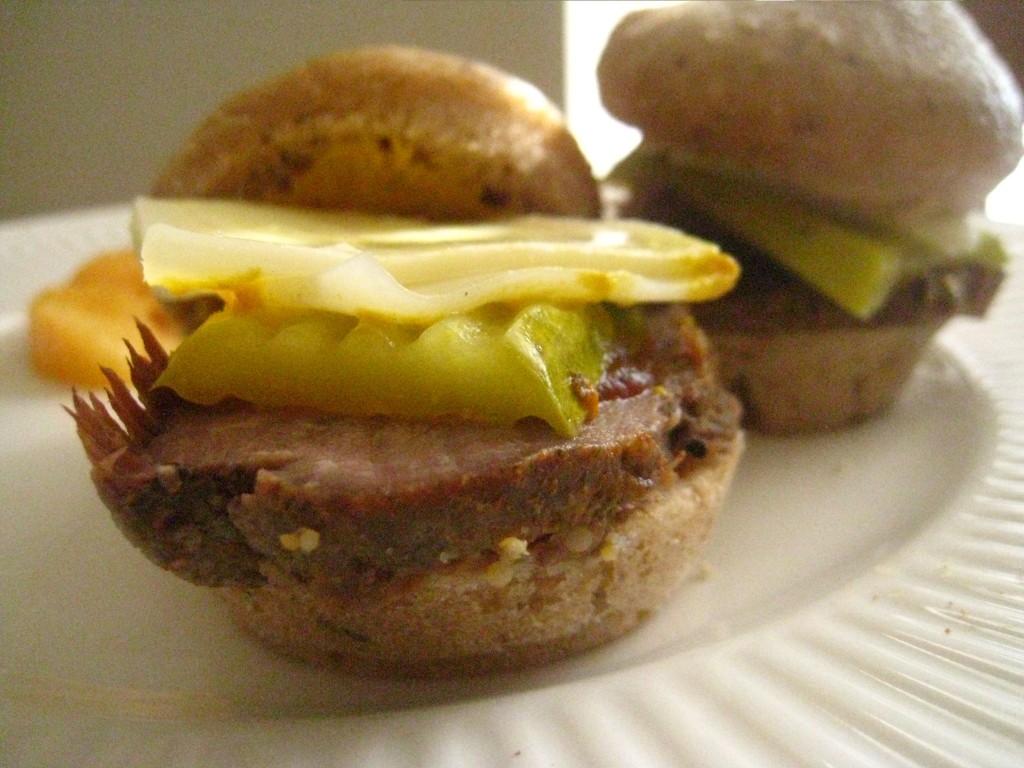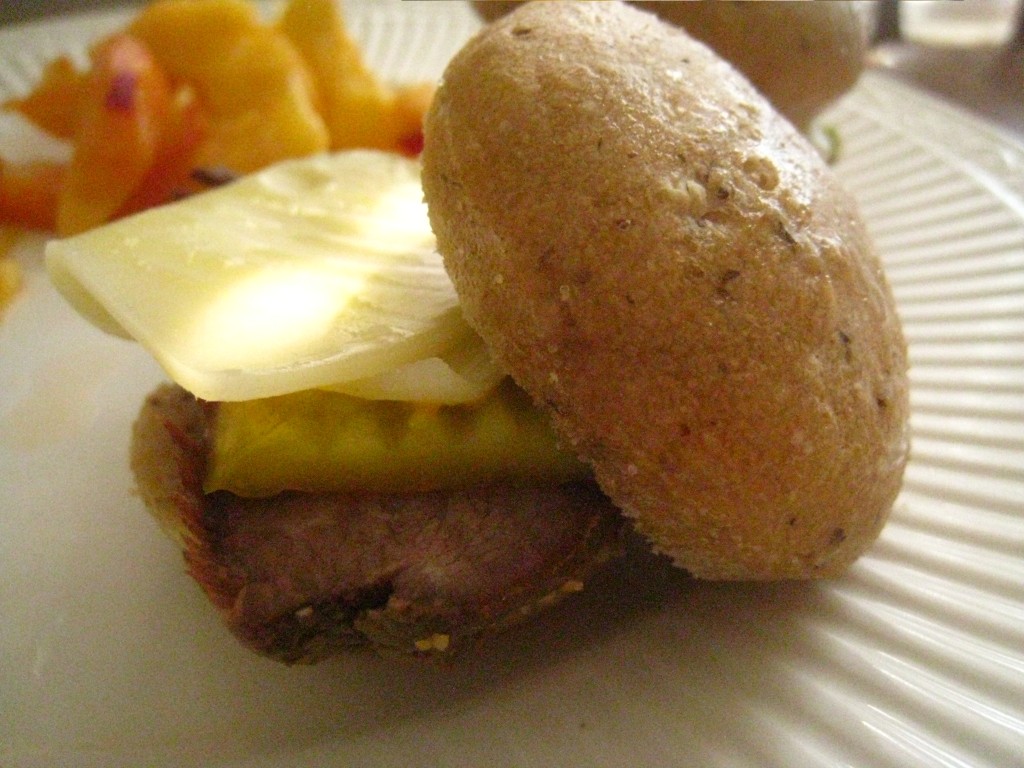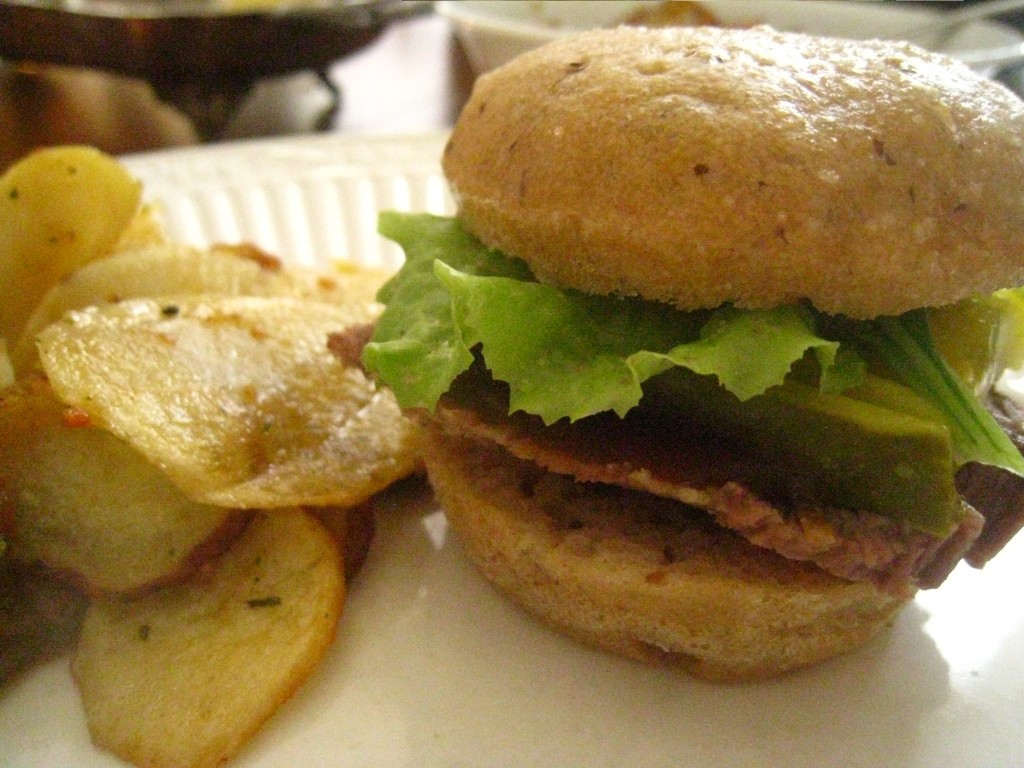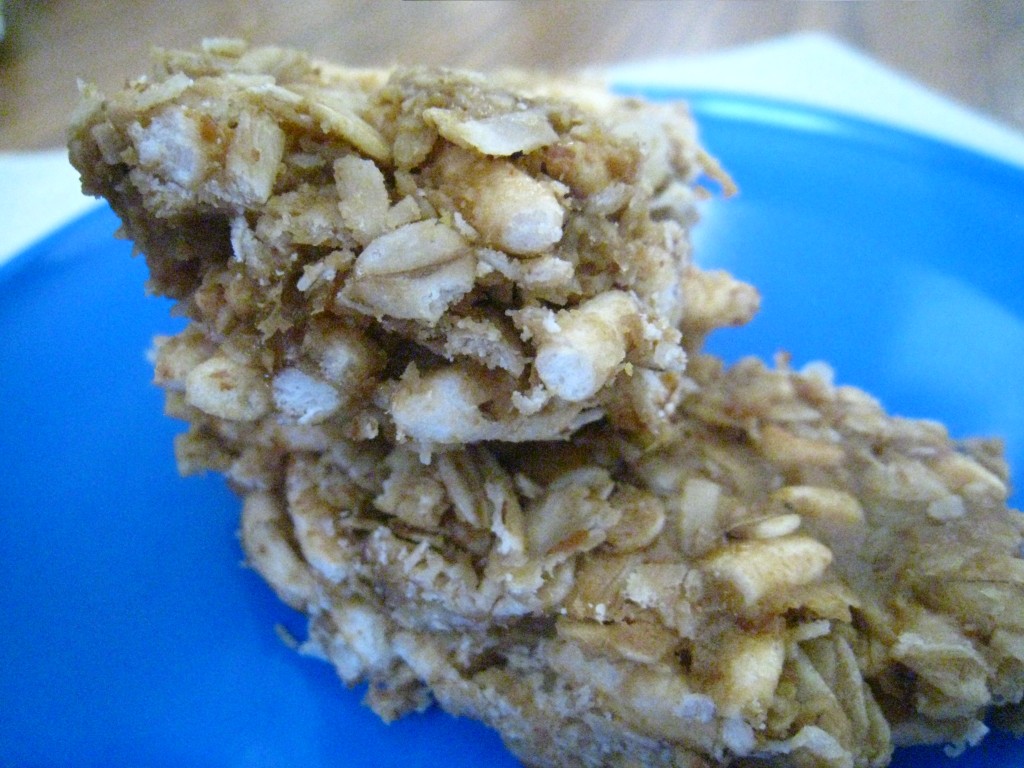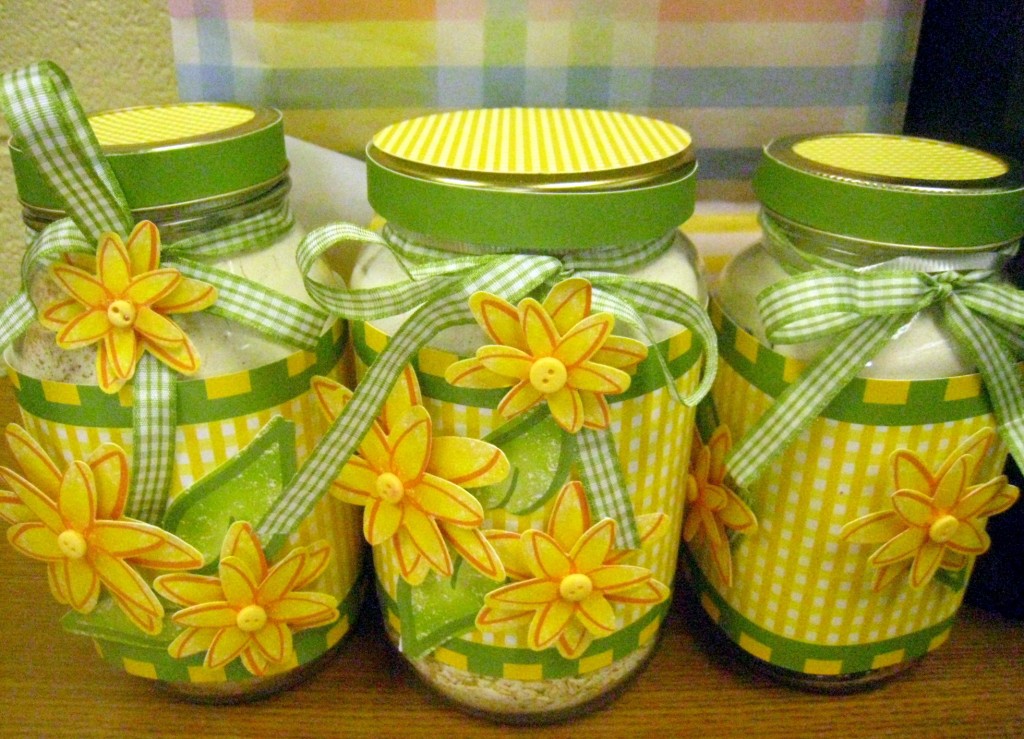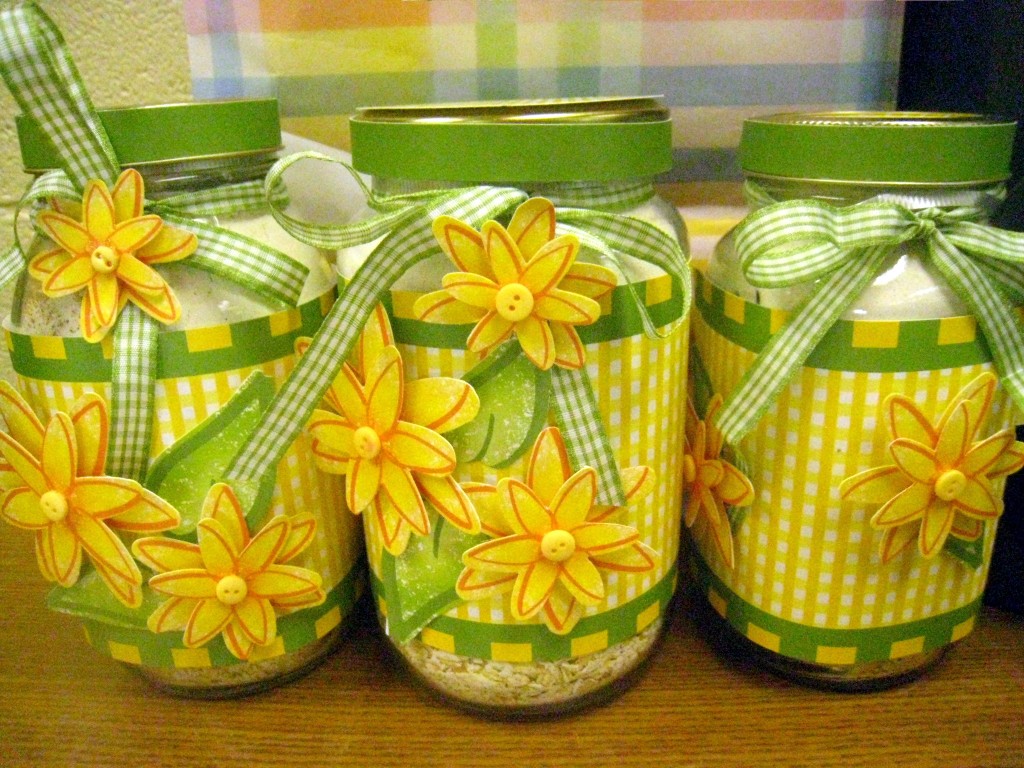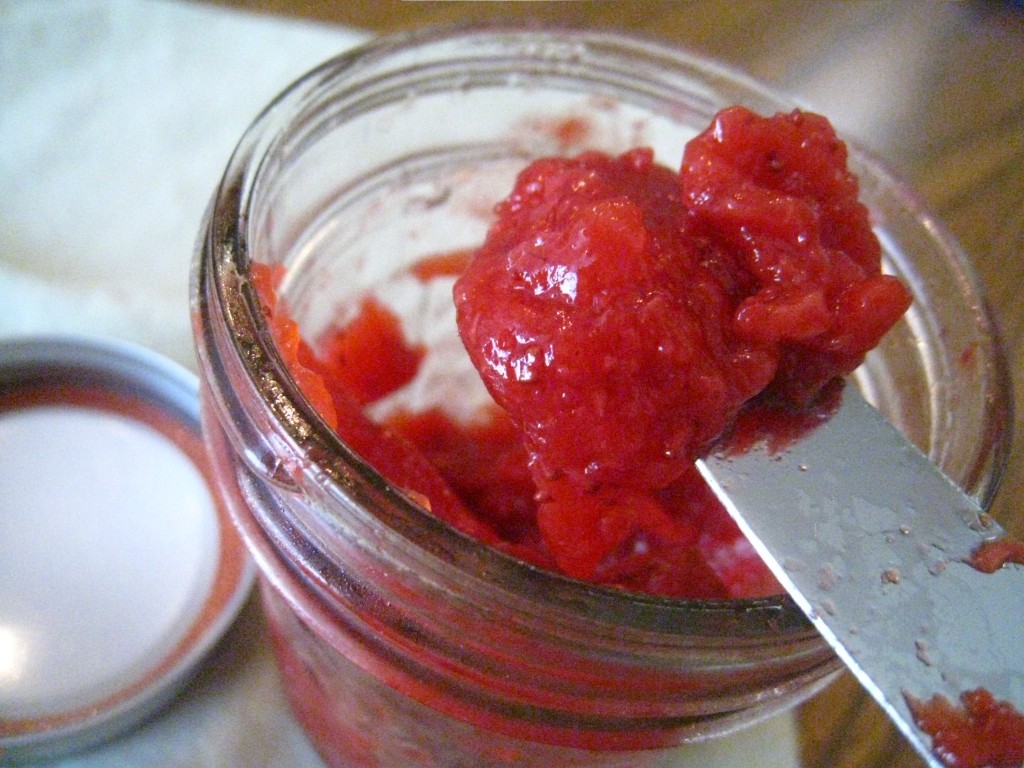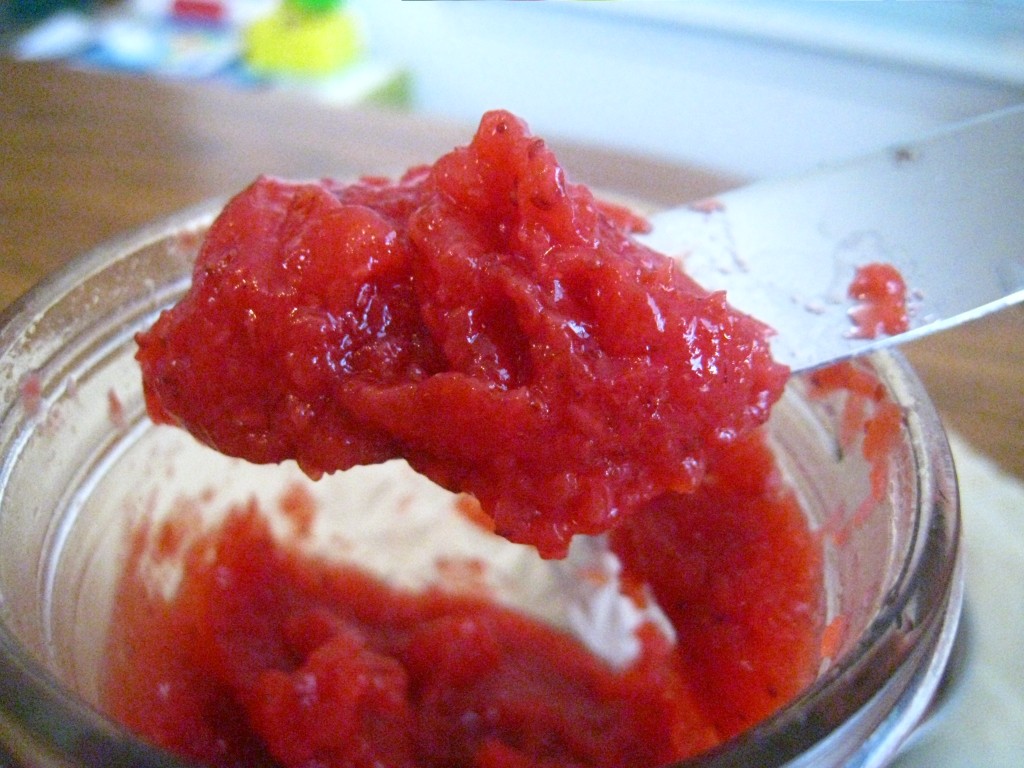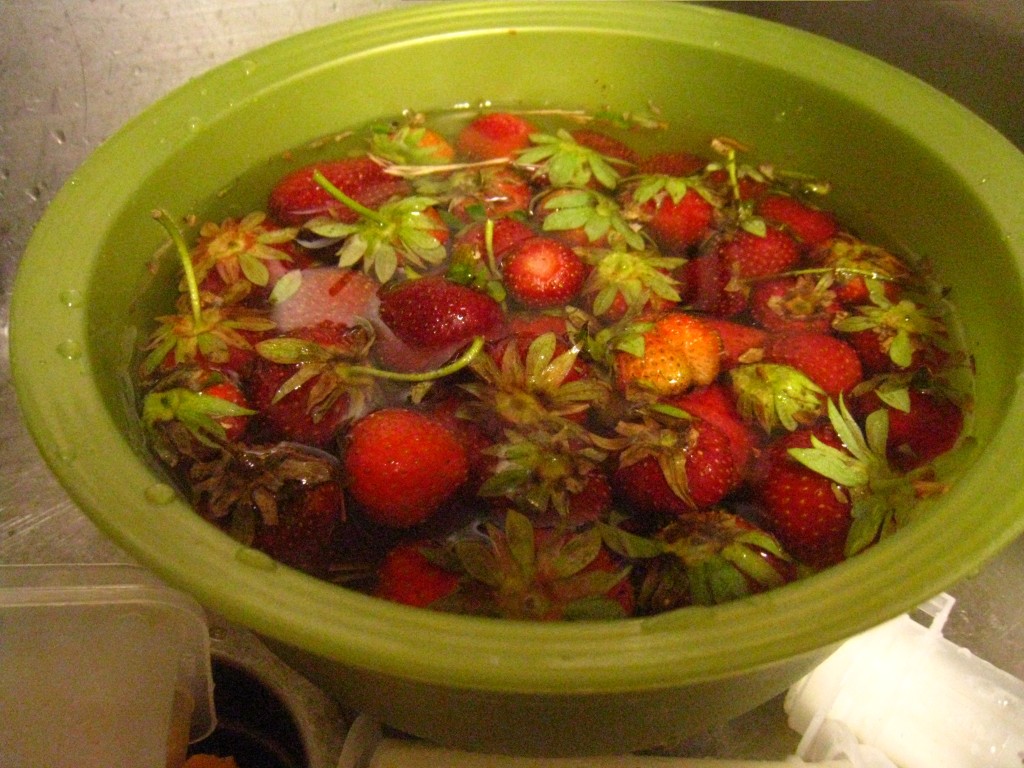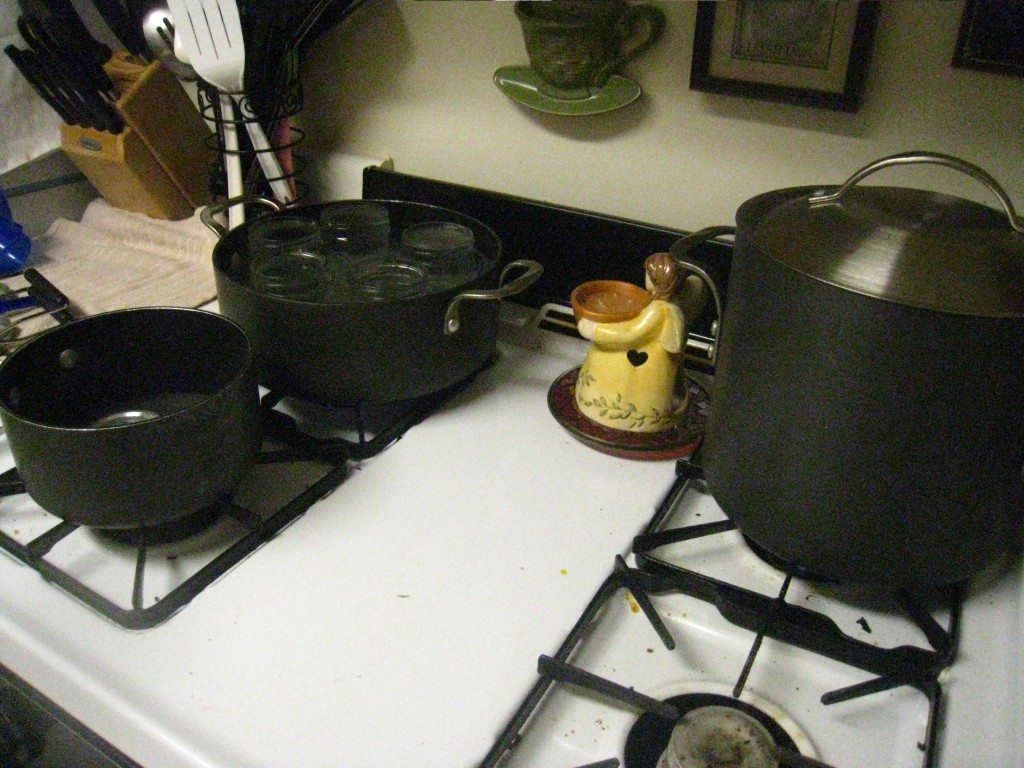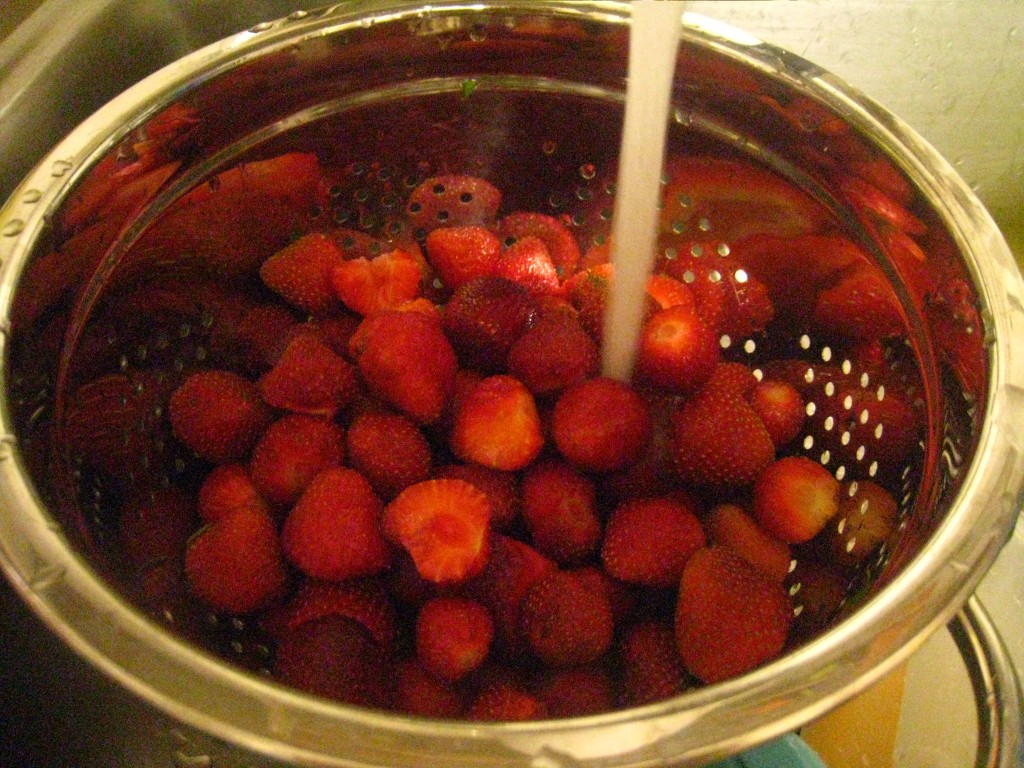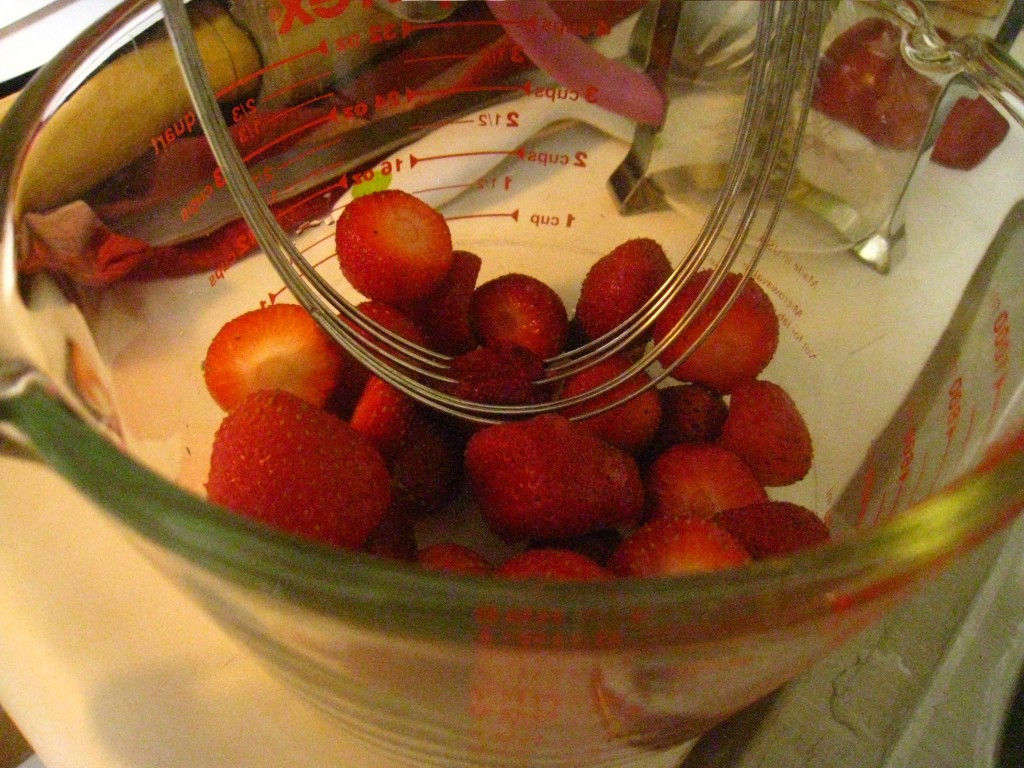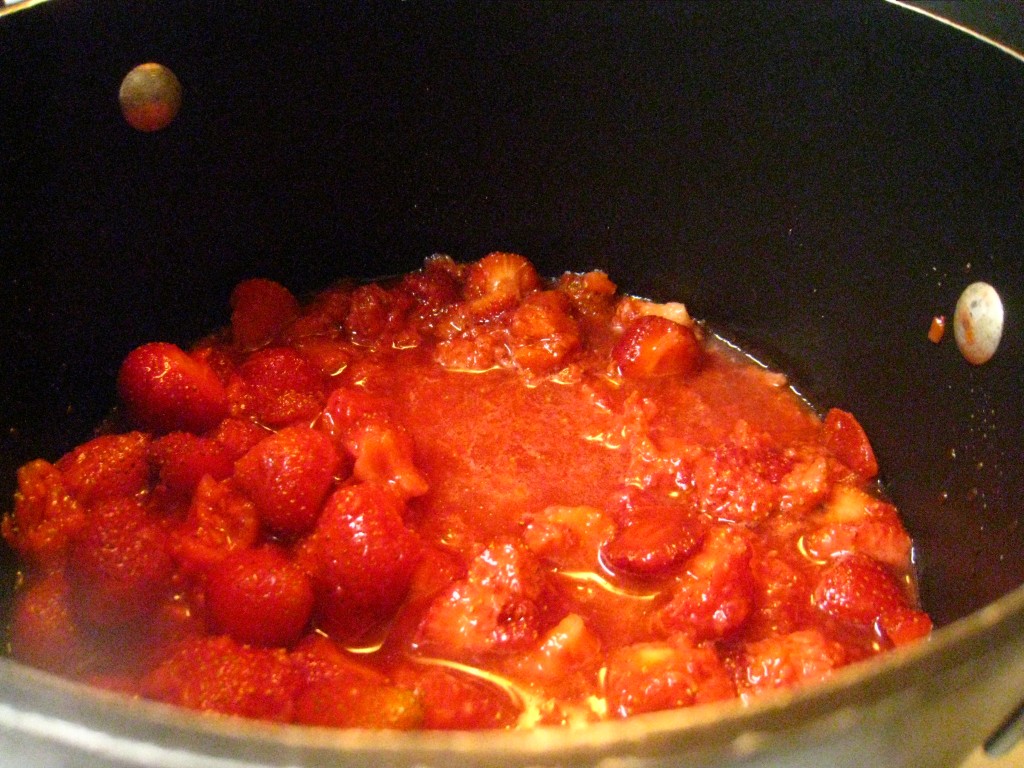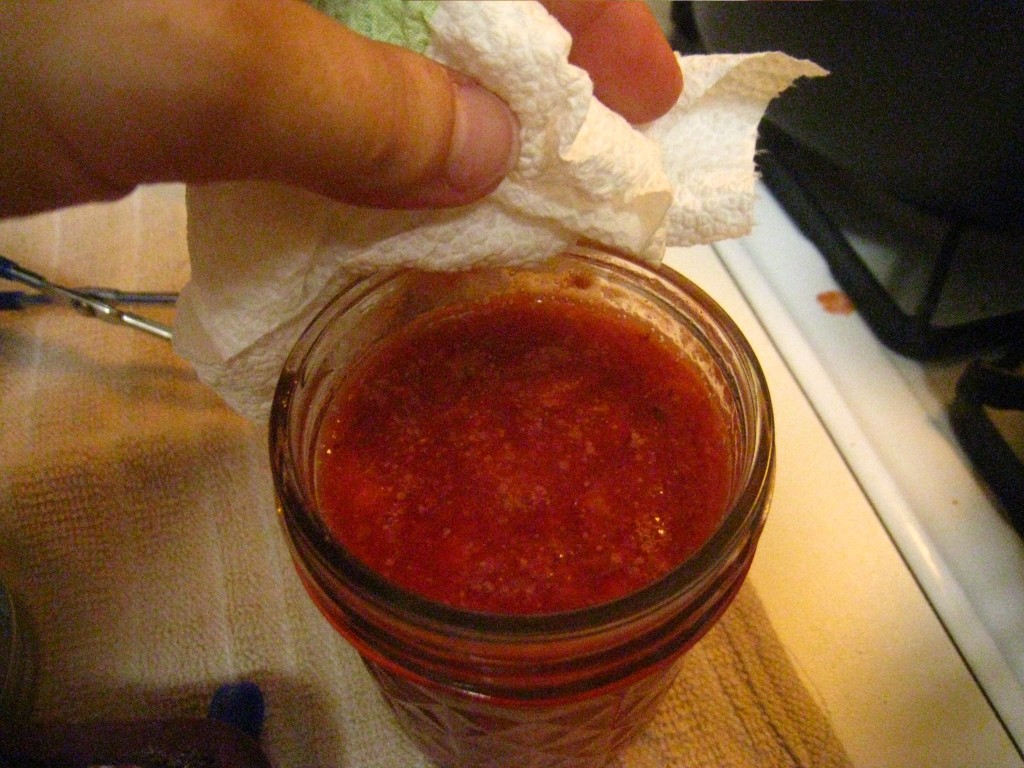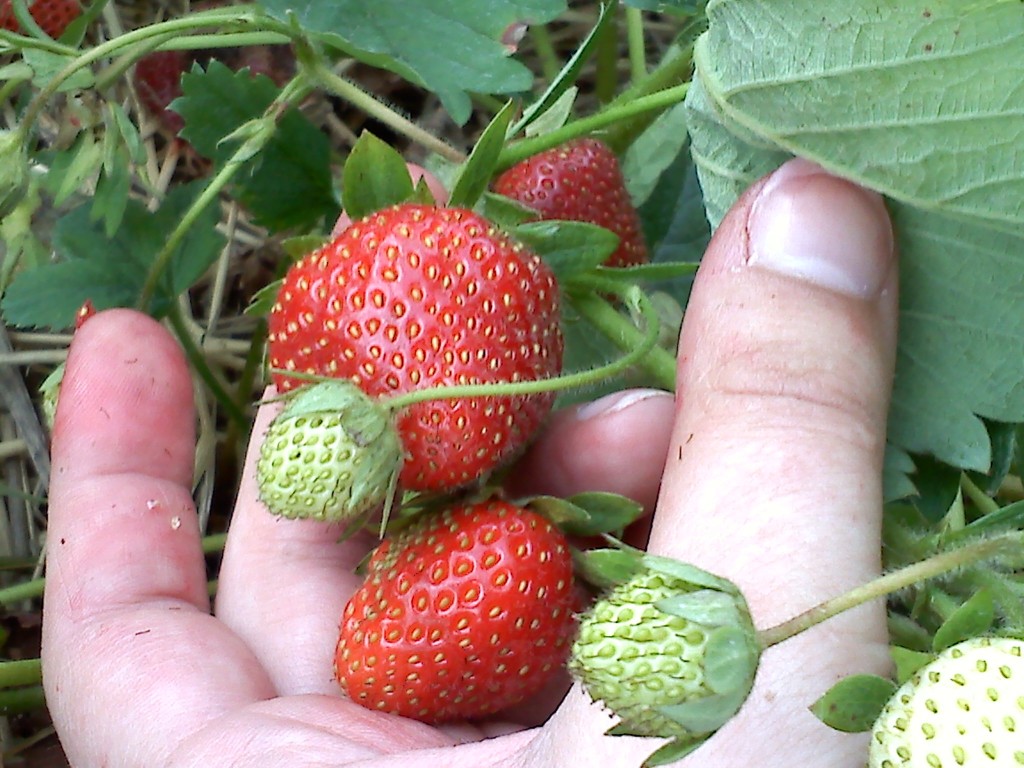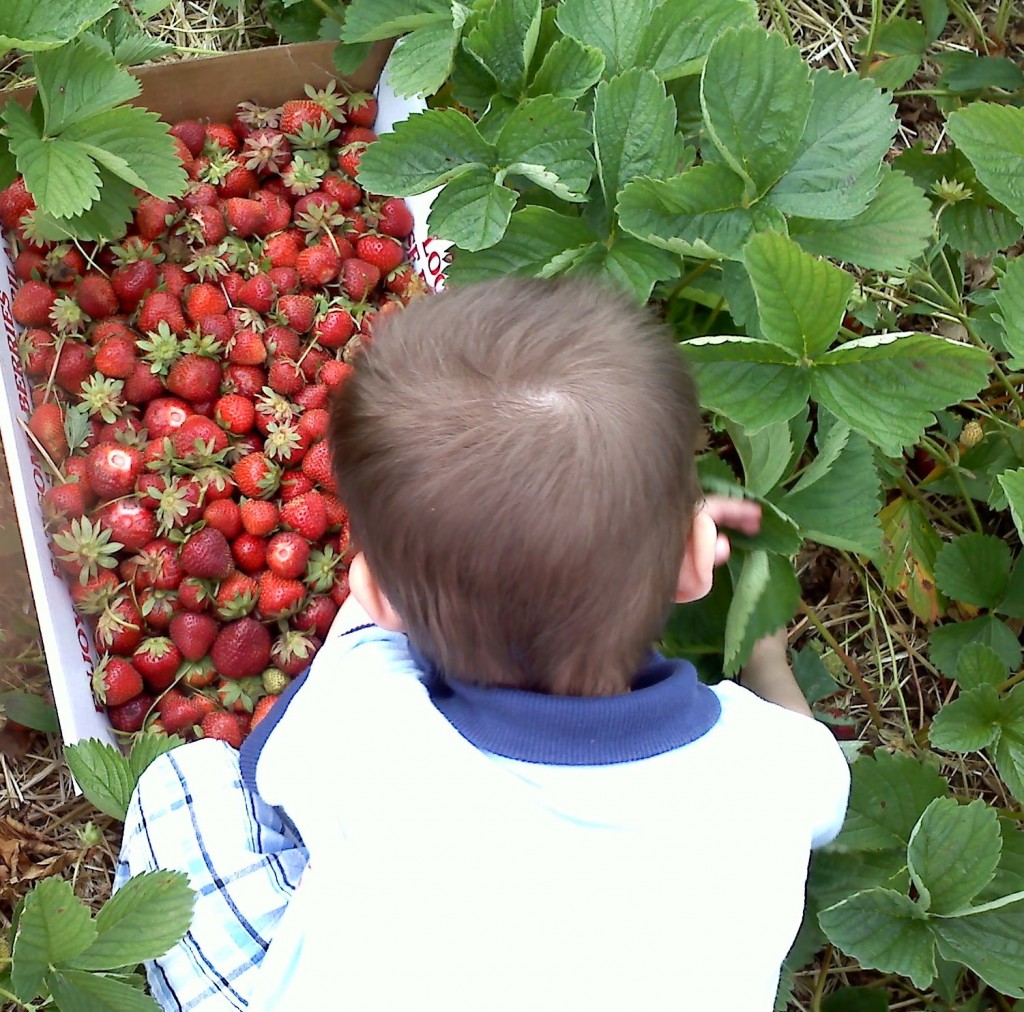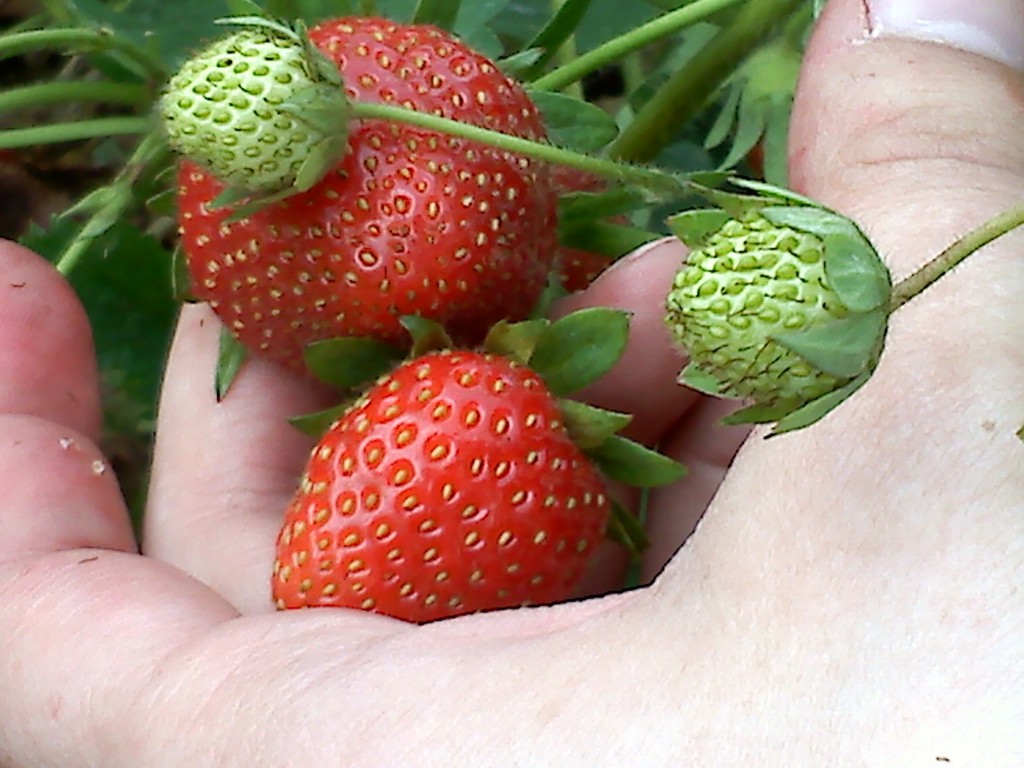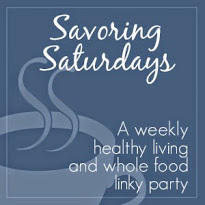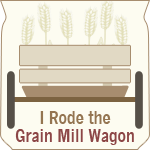It’s been years since I’ve bought a box of instant jell-o.
It has also been years since I’ve made jell-o.
I did buy a box of gelatin once, but it sat in my cupboard literally for a couple of years, for two main reasons:
- I was a little scared of working with gelatin, thinking it might be kind of tricky, not easy at all.
- I was put off by the instructions for jell-o on the box that called for an entire box of gelatin and half a carton of juice, not to mention the extra sugar. Hello, $3 for a dessert that isn’t even all that healthy?!
In short, it didn’t seem worth the effort and cost for a dessert that wasn’t even anywhere near my top 10. So I never made jell-o.
Then, I found this super easy 4-ingredient recipe for berry jell-o at Wholesome Cook. Cute beyond words! I pinned it (on Pinterest) immediately and purposed to make it at the earliest opportunity.
My first attempt was a total failure, but that was probably because my gelatin was old. I replenished my gelatin supply, and attempt #2 was very much a success! Not only that, but I followed her instructions for “stripey” jell-o and turned it into the perfect Fourth of July dessert for kids and adults alike.
Red White and Blue Jell-O {Homemade}
adapted from The Wholesome Cook
Ingredients
- 1 cup raspberries
- 1 cup blueberries
- 1 cup milk
- 4 TBSP sugar, divided
- 6 cups water, divided
- 3 packets gelatin
- 1 tsp vanilla
Instructions
- Bring to a boil the raspberries, 1 cup of water and 1 TBSP sugar. As raspberries soften, mash them gently with a spoon as you stir. Lower the heat and allow the mixture to simmer for a few minutes. Pour 1 cup of water into a separate bowl, and sprinkle 1 packet of gelatin over it. Allow to sit for a minute while raspberries finish simmering. Strain the raspberry water and add to the gelatin water, stirring carefully to dissolve all the gelatin. Allow to set until it is room temperature.
- Repeat the process with blueberries.
- Heat milk, 2 TBSP sugar, and vanilla until milk is scalded (bubbling around edges). In a separate bowl, sprinkle a packet of gelatin over a cup of cold water. Let it sit for a minute, then add the hot milk mixture and stir until gelatin is dissolved.
- Pour the raspberry jello into the bottom of glass cups or ice cream dishes, filling them about 1/3 of the way. Place in refrigerator to set; keep remaining jell-o flavors on the counter at room temperature.
- When raspberry jell-o is semi-solid, carefully pour the milk jell-o over it, filling each dish about 2/3 full. Return to refrigerator and allow to set.
- When the milk jell-o is semi-solid, add the blueberry jell-o, filling to near the top of the dish. Return to refrigerator and allow to set completely.
This recipe will make 4-6 large (approximately 8 oz) servings, or 8-10 small servings, all depending on the size of dishes you use.
The fact that these are red white and blue treats, deliciously cold and perfect for summer weather, might be enough; but I will admit the flavor is a little lacking. They’re good, but don’t expect a burst of berry flavor anywhere. Next time, I will try making it without straining out the berries and see if that makes a difference. If all else fails, I will just use juice. It’s still better than the box!
Homemade jell-o is really very QUICK actually. It might take a little longer to set, but I don’t think the actual mixing process is any more lengthy than the kind in the box.
It was so EASY it makes me wonder why anybody ever felt the need to make a box mix for jell-o in the first place. Really, it wasn’t any more difficult than using a mix, and it certainly doesn’t require all those artificial colors, flavors, preservatives and sugar!
One thing for sure: it’s not as CHEAP as using a box. This is one thing that homemade ends up being more expensive. Each store-bought box is available for around $1, store brands sometimes less. For each flavor of jell-o I made (which is technically 1 batch), I spent around $1.50, even with the going in-season rate for berries. I think that minimal cost difference is definitely worth it when you consider the health savings!
This is so much HEALTHY-er than the box it’s practically not even in the same realm. Made with actual fruit instead of artificial flavors and colors, and only 1 TBSP of sugar! It’s not even an indulgence, really. Now, I just have to test it with my Certain Little Someone to make sure the gelatin doesn’t cause his beef allergy to react. Then I’ll be thrilled to have a new QECH treat to make for him!
